Om reformasjonen og prestetjenesten
Sandro Magister skriver i forbindelse med Joseph Ratzingers markering av presteordinasjonen 29/6 1951 en artikkel med følgende ingress: «“And so on the Catholic priesthood fell the fury of Protestant criticism.” At the anniversary of the priestly ordination of the future Benedict XVI, Cardinal Müller recounts his unyielding resistance to Luther’s followers.»
Til Ratzingers jubileum var det utgitt ei bok med 43 av hans prekener, og i bokas innledning skriver kardinal Gerhard L. Müller en del om reformasjonens og den moderne bibelkritikks uheldige virkning på forståelsen av prestetjenesten, bl.a.:
Vatican Council II sought to reopen a new path to the authentic understanding of the identity of the priesthood. So why in the world did there come, just after the Council, a crisis in its identity comparable historically only to the consequences of the Protestant Reformation in the 16th century?
I am thinking of the crisis in the teaching of the priesthood that took place during the Protestant Reformation, a crisis on the dogmatic level, by which the priest was reduced to a mere representative of the community, through an elimination of the essential difference between the ordained priesthood and the common one of all the faithful. And then of the existential and spiritual crisis that took place in the second half of the 20th century, which in chronological terms exploded after Vatican Council II – but certainly not because of the Council – the consequences of which we are still suffering from today.
Joseph Ratzinger highlights with great acumen that, wherever the dogmatic foundation of the Catholic priesthood declines, (it) does dry up that spring from which one can in fact drink of a life of following after Christ, …
…. Joseph Ratzinger subjects to detailed critical examination, in its turn, the historical criticism imprinted on Protestant theology and does so by distinguishing philosophical and theological prejudices from the use of the historical method. In this way, he succeeds in demonstrating that with the accomplishments of modern biblical exegesis and a precise analysis of historical-dogmatic development one can arrive in a very well-founded way at the dogmatic statements produced above all at the Councils of Florence, Trent, and Vatican II.
That which Jesus means for the relationship of all men and of the whole of creation with God – therefore the recognition of Christ as Redeemer and universal Mediator of salvation, developed in the Letter to the Hebrews by means of the category of “High Priest” (Archiereus) – is never made to depend, as a condition, on his belonging to the Levitical priesthood.
The foundation of the being and mission of Jesus resides instead in his coming from the Father, from that house and that temple in which he dwells and must be (cf. Lk 2:49). It is the divinity of the Word that makes Jesus, in the human nature that he assumed, the one true Teacher, Shepherd, Priest, Mediator, and Redeemer.
He makes participants in this consecration and mission of his through the call of the Twelve. From them arises the circle of the apostles who found the mission of the Church in history as a dimension essential to the ecclesial nature. They transmit their power to the heads and pastors of the universal and particular Church, who operate on the local and supra-local level.



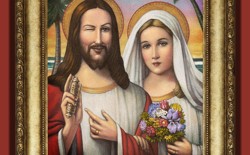 King, however, is not the focus of Sabar’s article. Sabar investigated the seller of the artifact—a shady German fellow named Walter Fritz, whose varied exploits and proclivities make the characters in the Da Vinci Code seem downright conventional. A university dropout and part-time pornographer, Fritz managed to fabricate a Gnostic artifact that duped one of the world’s leading experts on early, extra-canonical Christianity, plus enough of her peers to satisfy the Harvard Theological Review. How did this happen? Perhaps the appeal of Gnosticism, for a certain type of scholar, made this artifact too good to check. …
King, however, is not the focus of Sabar’s article. Sabar investigated the seller of the artifact—a shady German fellow named Walter Fritz, whose varied exploits and proclivities make the characters in the Da Vinci Code seem downright conventional. A university dropout and part-time pornographer, Fritz managed to fabricate a Gnostic artifact that duped one of the world’s leading experts on early, extra-canonical Christianity, plus enough of her peers to satisfy the Harvard Theological Review. How did this happen? Perhaps the appeal of Gnosticism, for a certain type of scholar, made this artifact too good to check. … 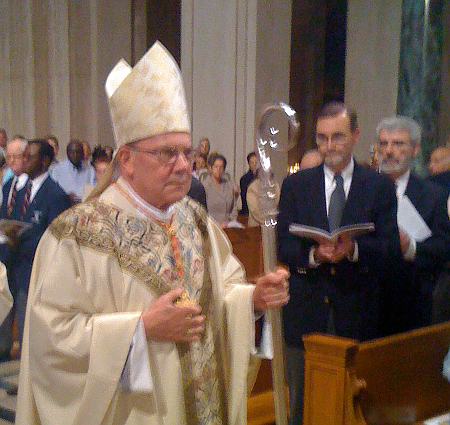
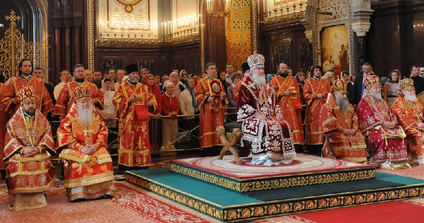


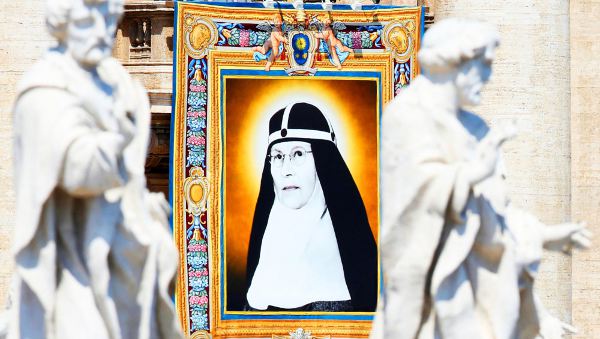
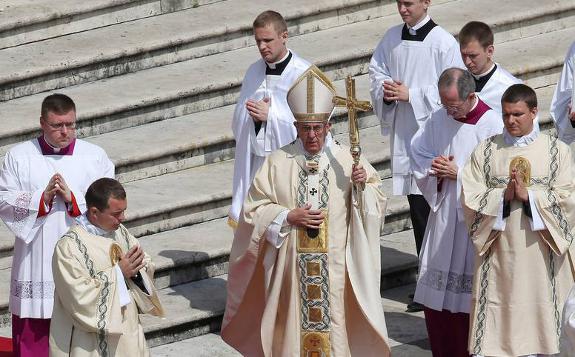
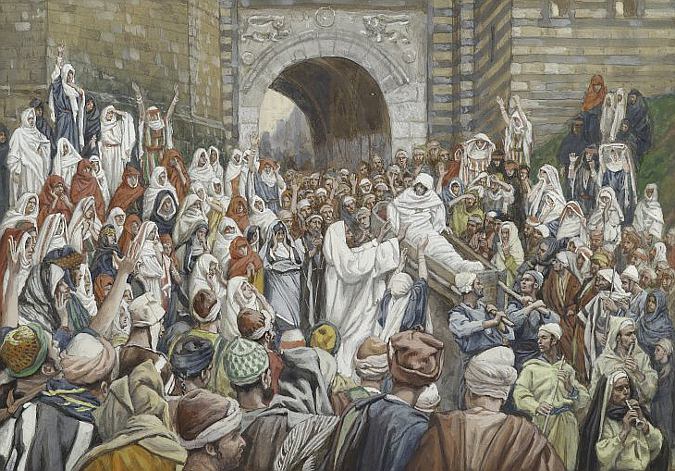
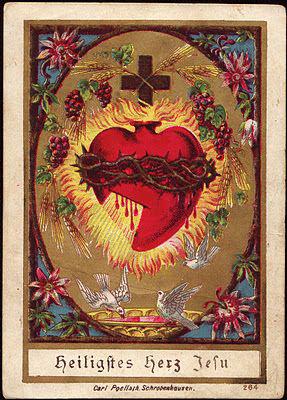 Det er på 1000- og 1100-tallet vi finner de første umiskjennelige indikasjoner på en andakt for Jesu hellige Hjerte. Gjennom såret i siden nådde man gradvis Det sårede Hjerte, og såret i hjertet symboliserte kjærlighetens sår. Det var i den glødende atmosfæren i de benediktinske eller cisterciensiske klostrene, i en tankeverden preget av de hellige Anselm av Canterbury (ca 1033-1109) og Bernhard av Clairvaux (ca 1090-1153), at andakten vokste frem, selv om det er umulig å si positivt hva som var dens første tekster eller hvem som var dens første forkjempere. …
Det er på 1000- og 1100-tallet vi finner de første umiskjennelige indikasjoner på en andakt for Jesu hellige Hjerte. Gjennom såret i siden nådde man gradvis Det sårede Hjerte, og såret i hjertet symboliserte kjærlighetens sår. Det var i den glødende atmosfæren i de benediktinske eller cisterciensiske klostrene, i en tankeverden preget av de hellige Anselm av Canterbury (ca 1033-1109) og Bernhard av Clairvaux (ca 1090-1153), at andakten vokste frem, selv om det er umulig å si positivt hva som var dens første tekster eller hvem som var dens første forkjempere. …